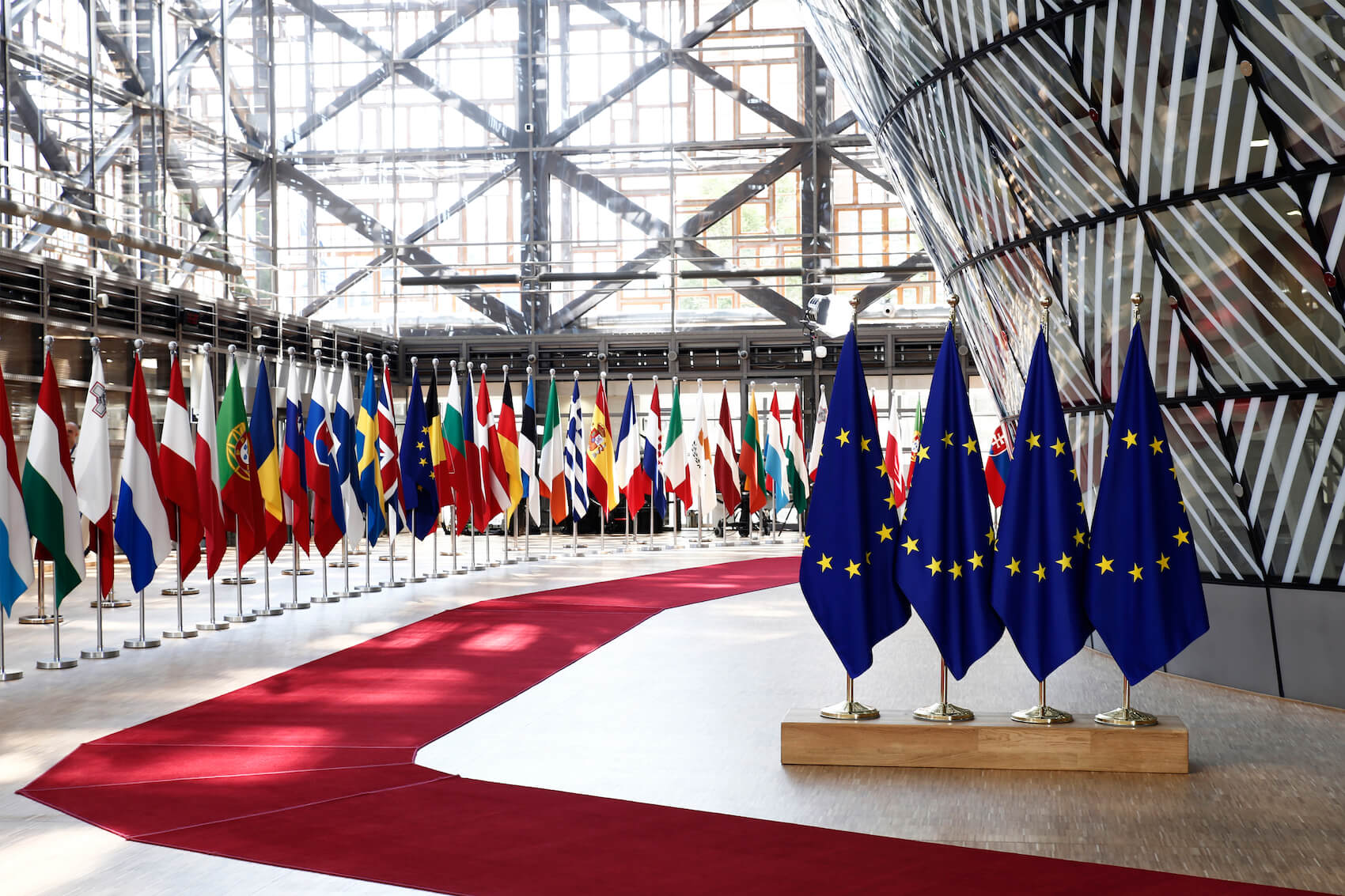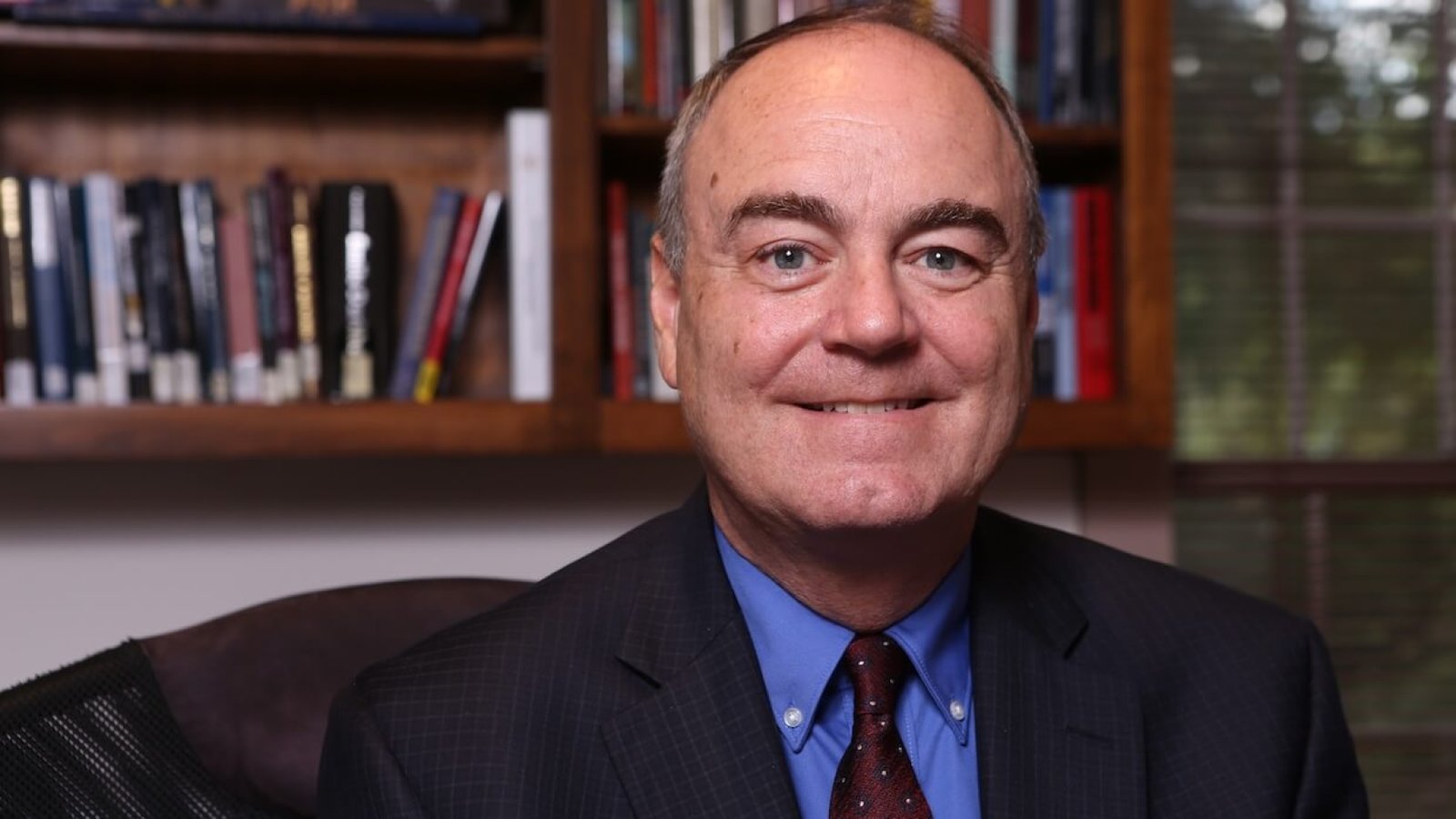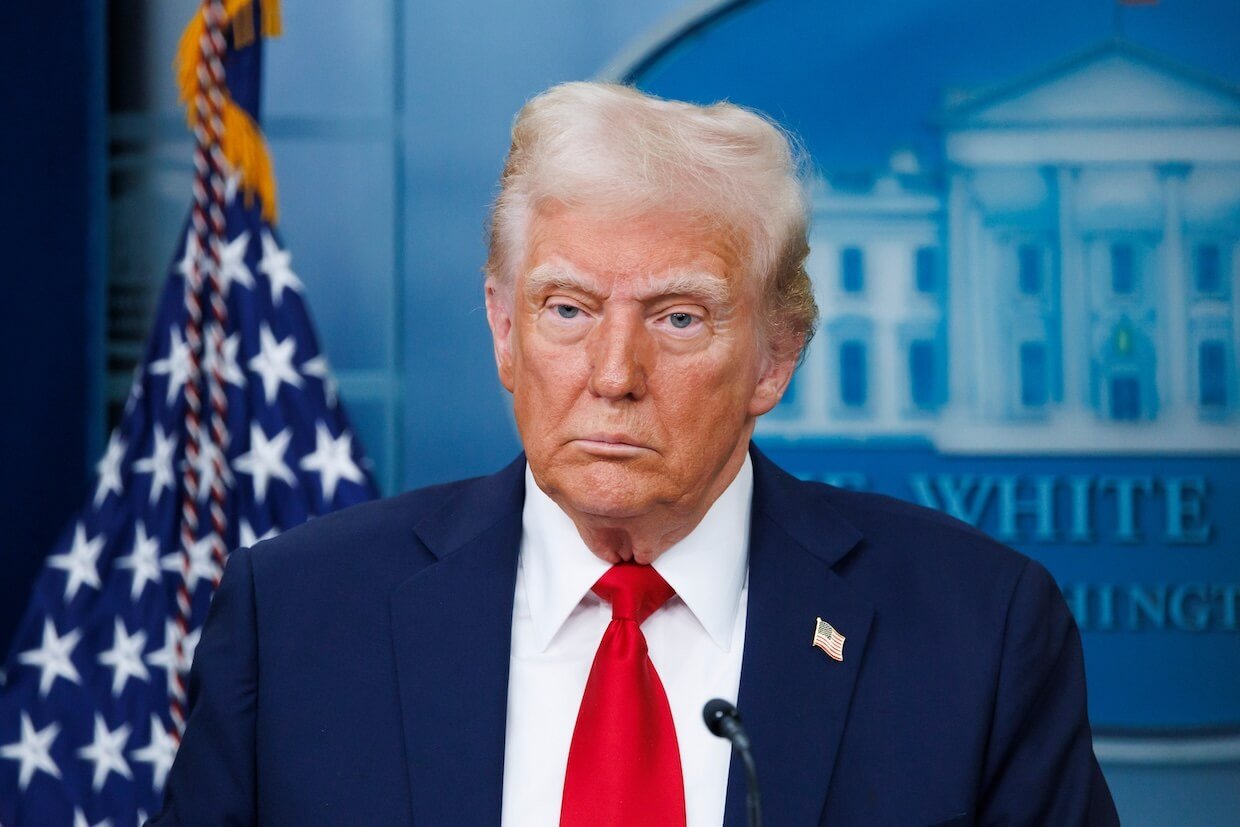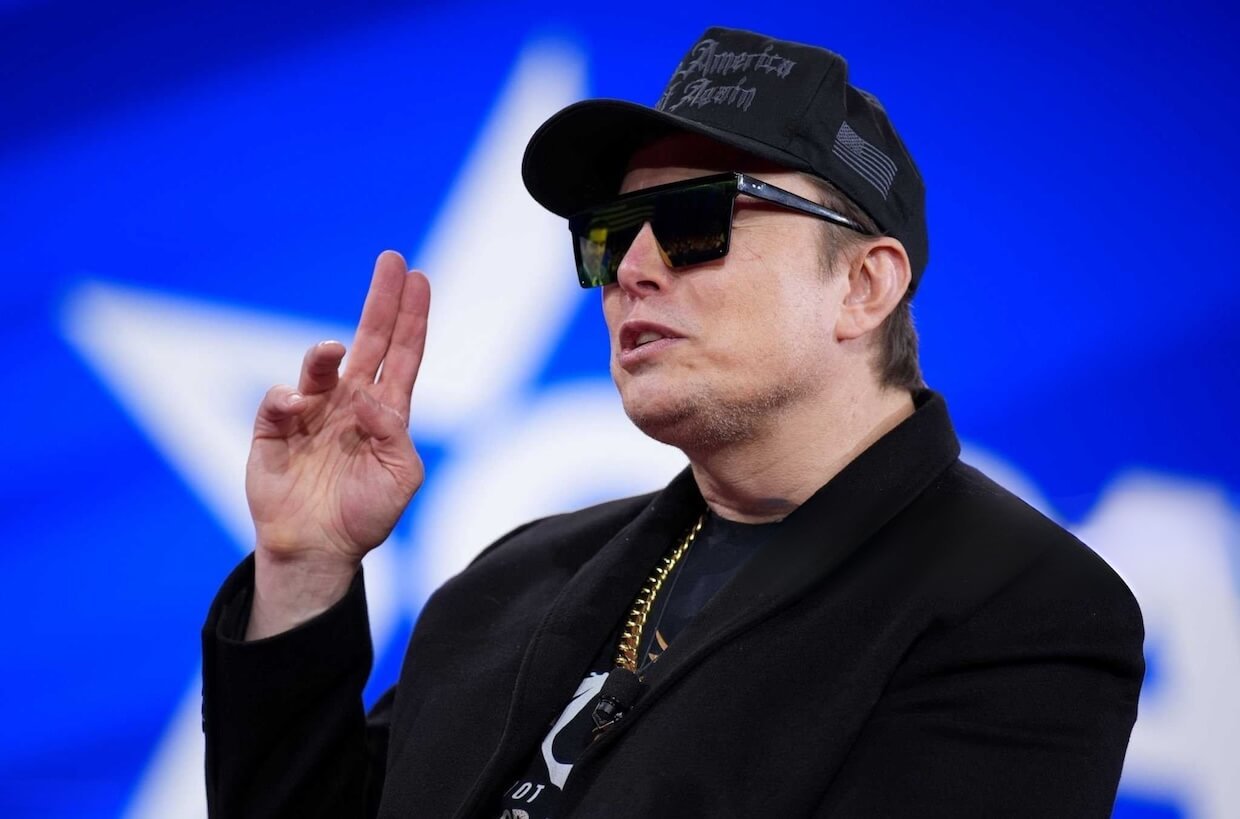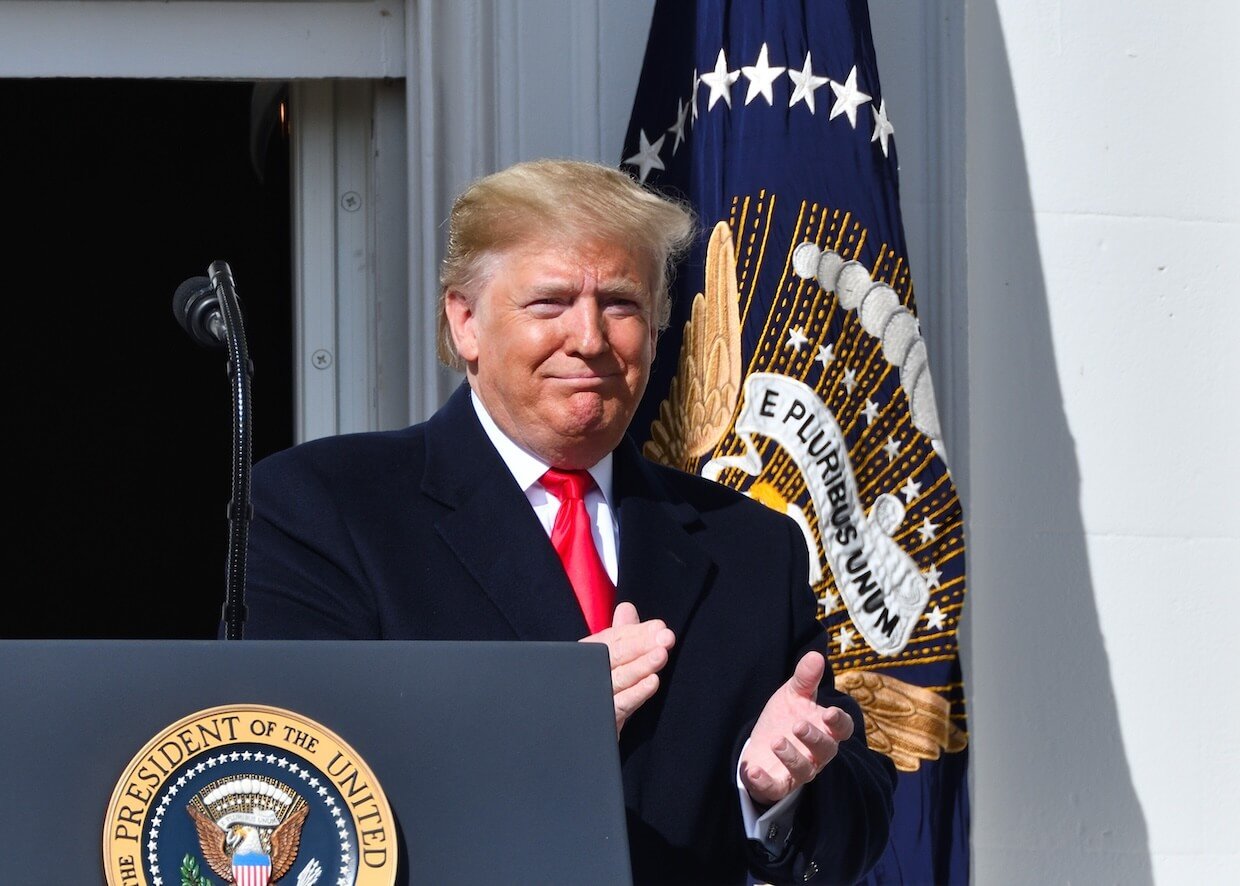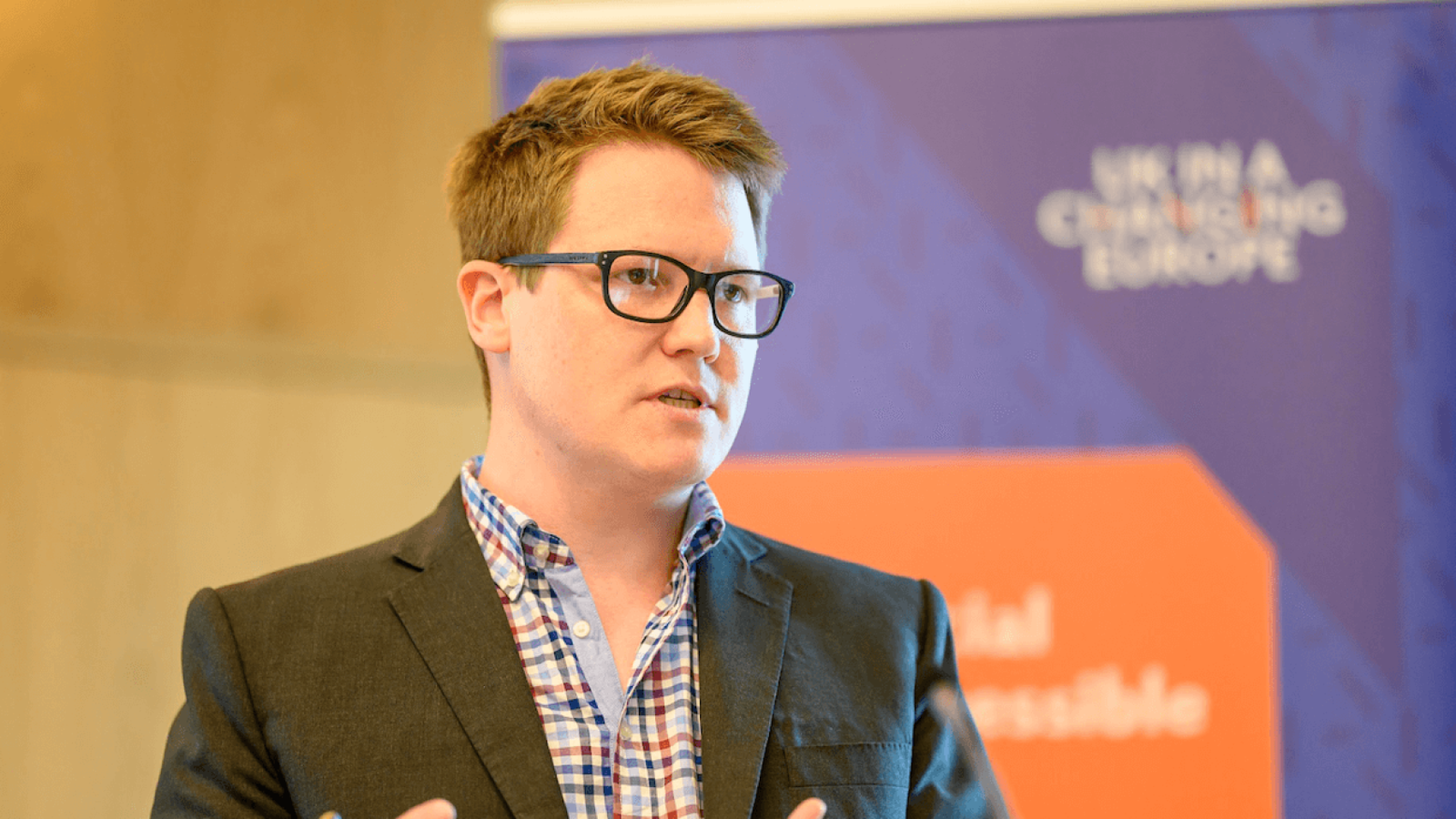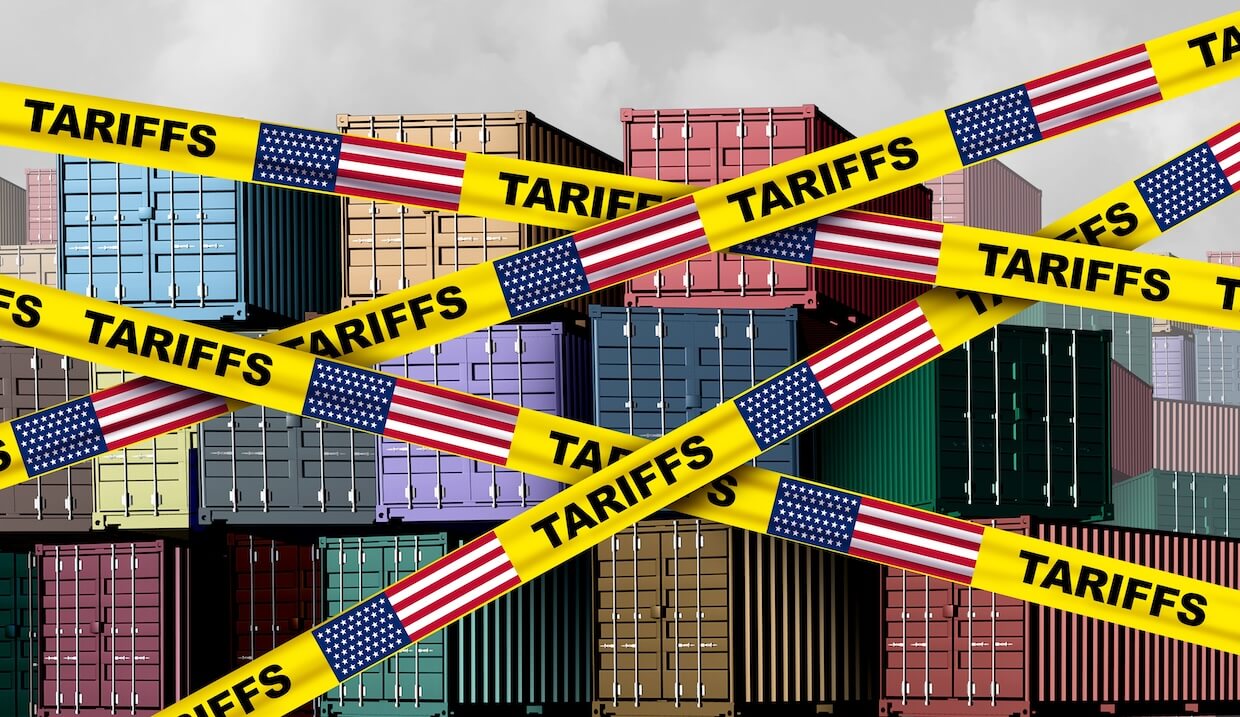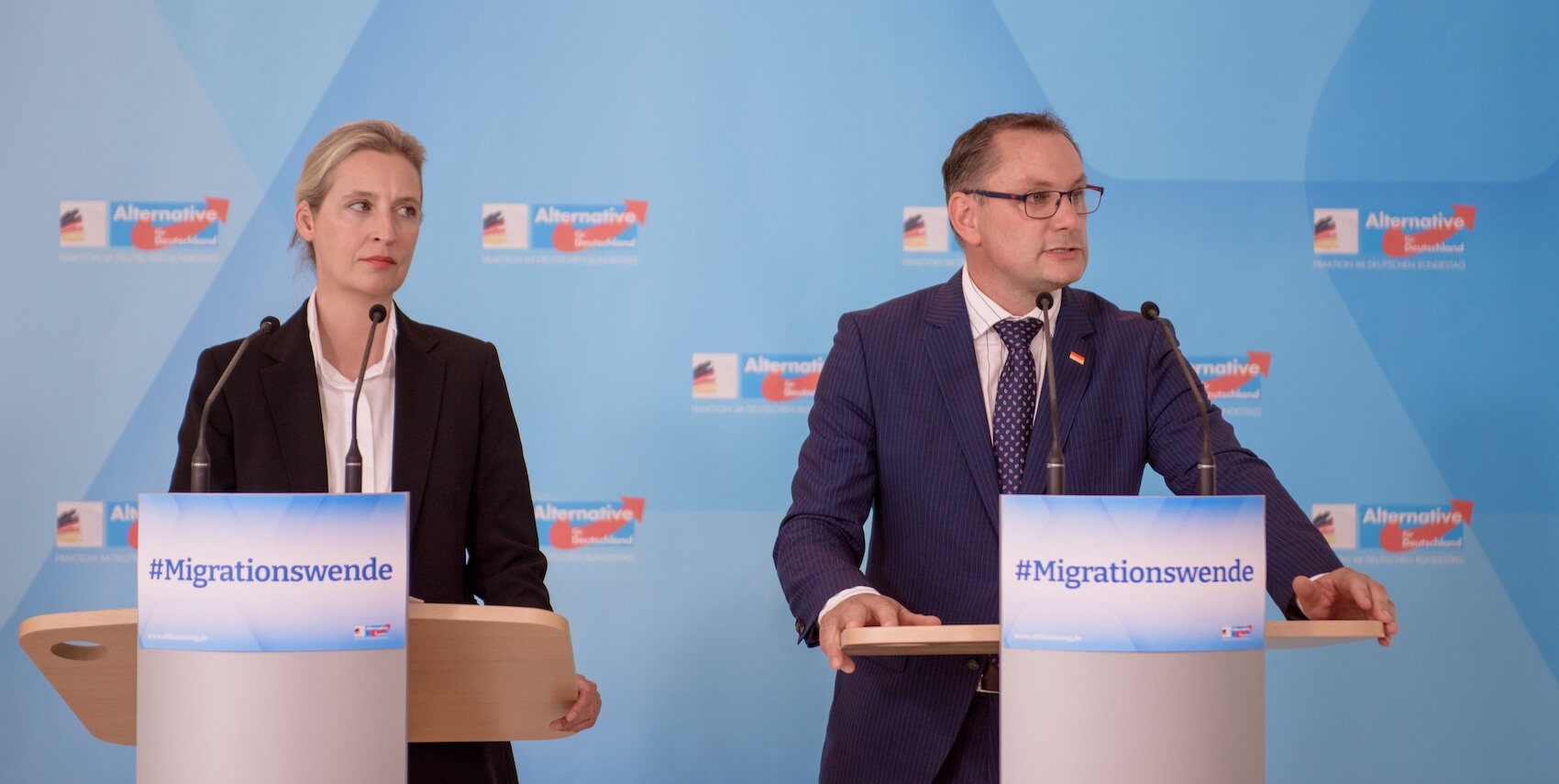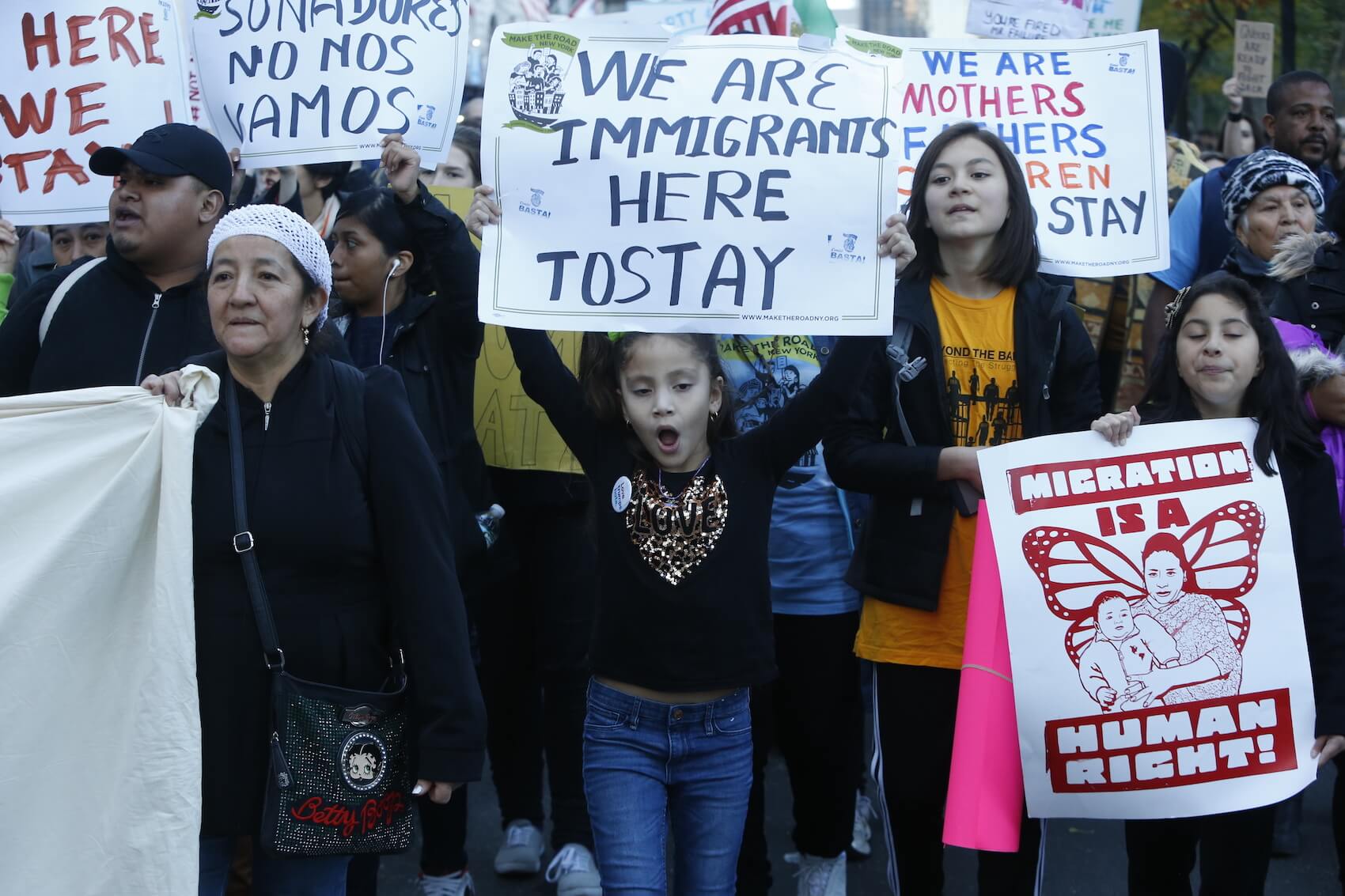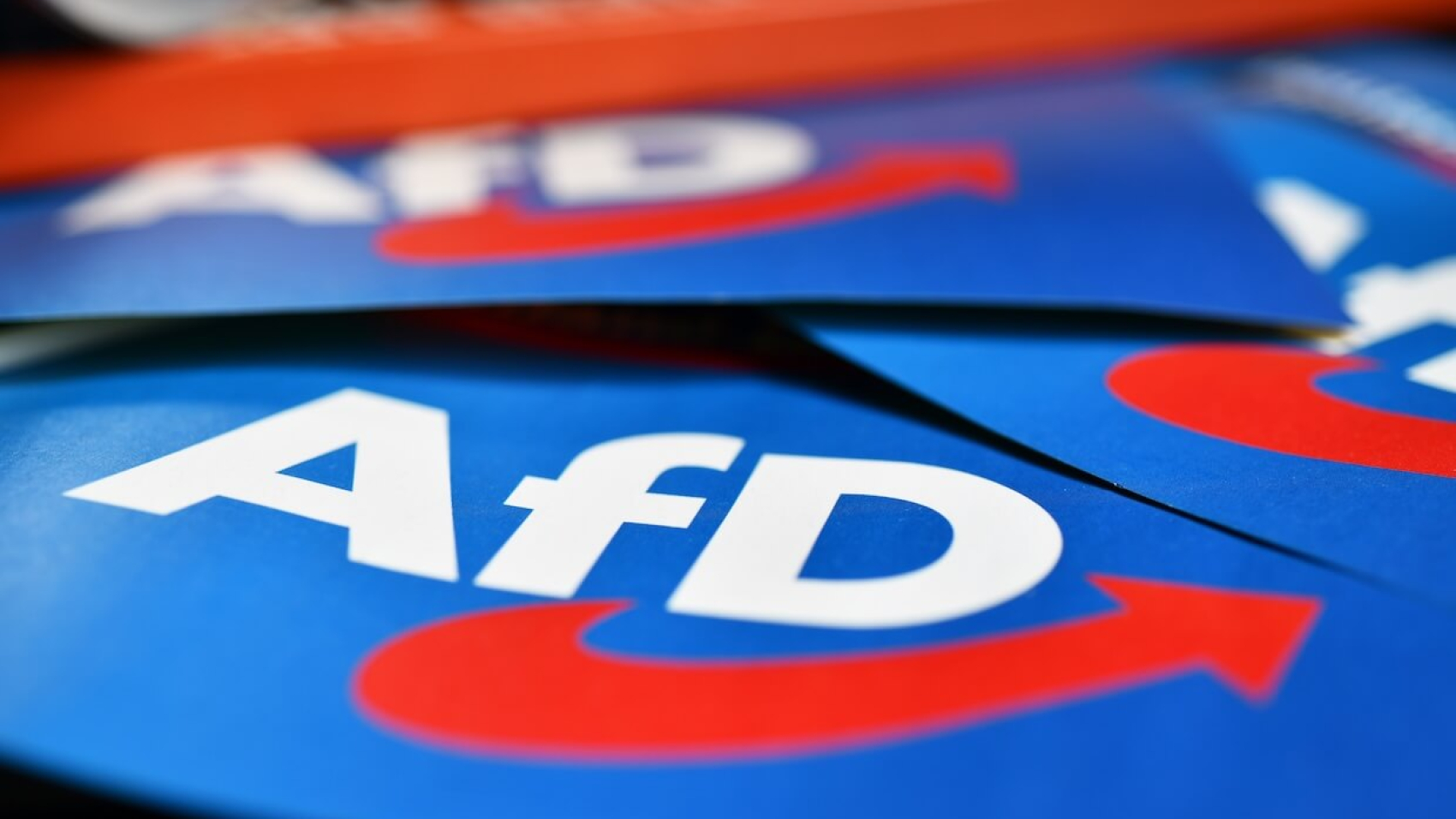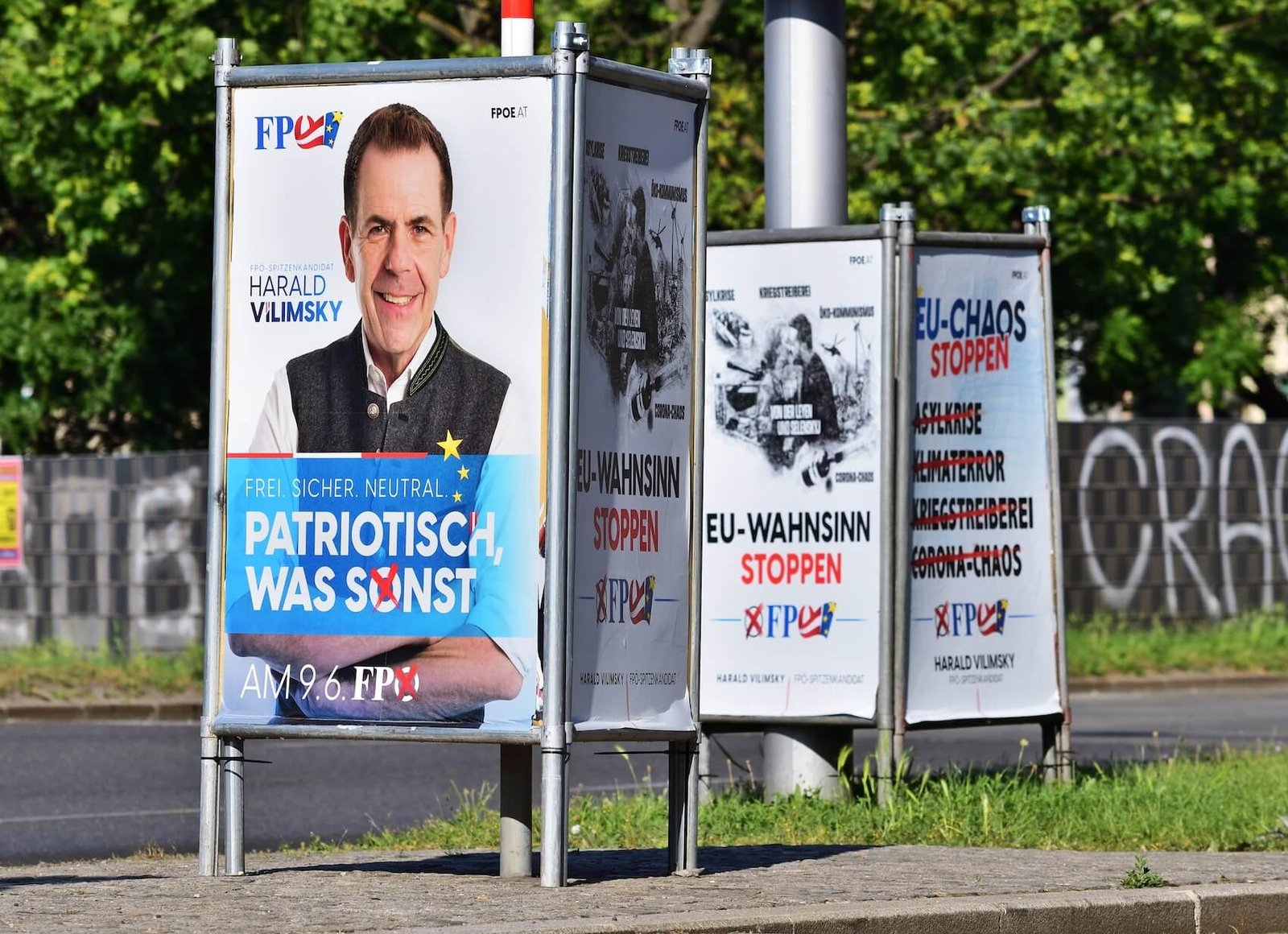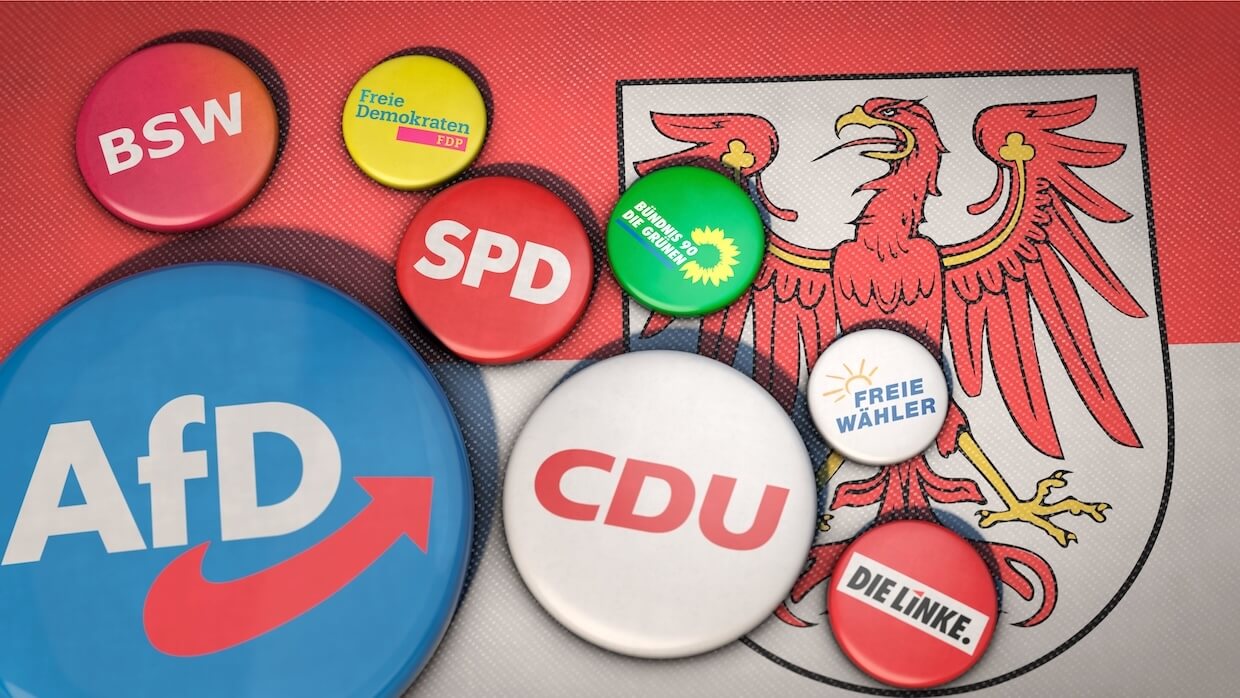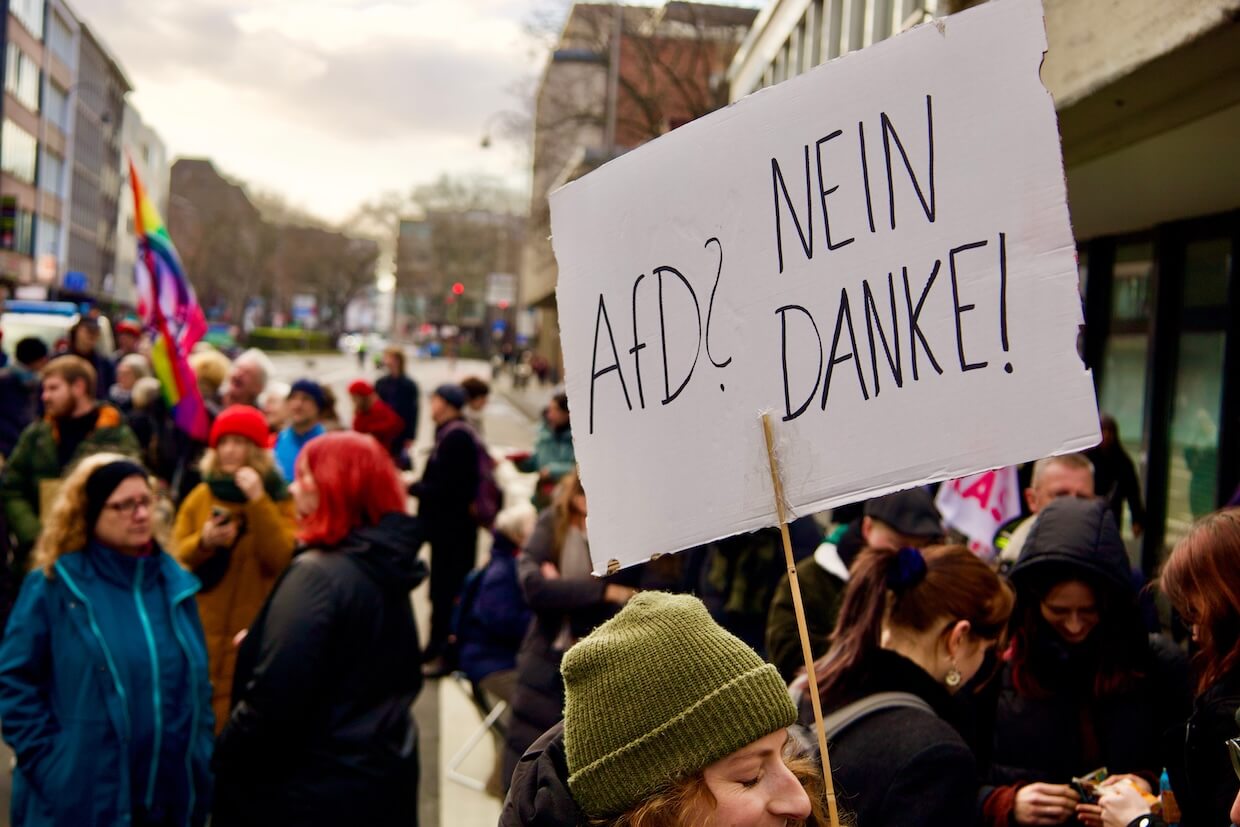In a powerful interview with the ECPS, veteran political scientist Professor Doğu Ergil warns that Turkey has crossed from populist authoritarianism into full autocracy. “Persuasion—which was once the AKP’s greatest success—has evaporated,” he explains. “In its place, coercion has become more prominent, and the instruments of coercion, including the judiciary, have proliferated.” Professor Ergil outlines how Erdoğan’s regime has personalized power, delegitimized the opposition, and dismantled democratic norms. With Istanbul Mayor Ekrem İmamoğlu’s arrest and mass protests unfolding, Turkey, he says, faces a “deadlock” where the state’s legitimacy is crumbling from within. This is a timely and sobering reflection on democracy under siege.
Interview by Selcuk Gultasli
In an exclusive interview with the European Center for Populism Studies (ECPS), veteran political scientist Professor Doğu Ergil delivers a stark assessment of Turkey’s current political trajectory under President Recep Tayyip Erdoğan’s rule. Framing the ongoing turmoil as a crisis of legitimacy and democratic erosion, Professor Ergil argues that the country has moved from a populist-authoritarian hybrid toward a more fully autocratic system. “The ongoing crisis,” he explains, “lies in the growing strength of the opposition and the blurring of the line between persuasion and coercion. Persuasion—which was once the AKP’s greatest success—has largely evaporated. In its place, coercion has become more prominent, and the instruments of coercion, including the judiciary, have proliferated.”
At the heart of Professor Ergil’s analysis is the paradox of populist regimes relying on democratic legitimacy while simultaneously undermining the very institutions that sustain it. “If you demonize, criminalize, and prosecute your opponents, and attack the very institutions that brought you to power,” Professor Ergil warns, “you begin to delegitimize the system—and, in doing so, yourself.” This dynamic, he observes, has led Turkey into a “deadlock,” where democratic procedures are maintained in form but hollowed out in substance.
Professor Ergil traces this degeneration to the AKP’s strategic shift from early reformism to an increasingly nationalist and authoritarian agenda, using political Islam not as a blueprint for governance, but as an ideological tool to legitimize power. He also underscores how the personalization of power around Erdoğan has dissolved the boundaries between state, government, and party—turning the state apparatus into an extension of partisan control.
Professor Ergil’s insights are especially timely in light of the recent arrest of Istanbul Mayor Ekrem İmamoğlu, which he views as emblematic of the broader erosion of the rule of law and the manipulation of the judiciary for political ends. As Turkey experiences historical developments, this interview offers a compelling and sobering diagnosis of a political system teetering on the edge of autocracy.
Here is the transcription of the interview with Professor Doğu Ergil with some edits.
Populism Under Erdogan Becomes Parochial and Authoritarian

Professor Ergil, thank you so very much for joining our interview series. Let me start right away with the first question: How would you characterize the evolution of Turkish populism and authoritarianism under AKP’s and Erdogan’s rule, and how has it redefined the boundary between the people and the political elite? In what ways has the ruling AKP’s populist discourse transformed into a vehicle for authoritarian consolidation rather than democratic inclusion?
Professor Doğu Ergil: The nature of the political regime in Turkey has always been populist. The founding party of the Republic is called the Republican People’s Party, and one of the six principles of the regime has been populism. Anyway, I mean, it’s written down as populism rather than being populist. It is populist because the ruling elite wanted to execute a revolution from above, and they found the people not ready for a revolution to join the modern society or the modern world. Hence, to transform a backward society, they took the initiative of a revolution from above—an elitist revolution—and changed the fabric of society accordingly. So, the populist nature of the regime has always been there, ingrained in it. It’s in the DNA of it.
But now, with the incumbent AKP, it has become rather diluted. It’s no longer secular, and it’s less oriented to the world. It’s expressed as localism and nationalism, because in classical populism, there are the good people and the representatives of the good people against an evil, inefficient, and rather alien elite that forcefully wants to change the society—its culture, its identity, and so forth. But this localization and nationalization—rather than westernization and modernization, which were the true assets of the Republican regime at its outset—have made Turkish society and the present regime a rather local, non-elitist, and parochial society. In a virtual sense, more peasant-like, more Eastern, more Middle Eastern if you like, and more religious rather than secular, modern, and world-oriented.
Turkey’s Populism Has Turned Fully Autocratic
Can Turkey’s current political crisis be interpreted as a case study in populism transitioning into autocracy? If so, what distinguishes the Turkish model from its global counterparts?
Professor Doğu Ergil: Of course. The Turkish regime is not only popular but also populist, and increasingly authoritarian. This is largely because the incumbent party has blurred the distinction between the state and society by merging the government with the state apparatus. When this separation erodes, central authority becomes more consolidated and less differentiated, and the division of power weakens as authority becomes more centralized and autocratic.
In the Turkish case, it has become more personalized, and the personification of the government can be identified with the present president Erdoğan. So, all powers accrue in his hands, and he can exercise authority over all aspects of life and all institutions of the government, including the judiciary. The judiciary is now used as an extension of politics and control over society. Thus, Turkish populism has not only become more populist but more authoritarian and autocratic in this sense.
There are similar regimes in the world, but the Turkish one has become overly personalized—concentrating all possible powers—political, judicial, legislative, military, and so forth—in the hands of a single individual. The party that brought this man to power has effectively faded from view; it is no longer visible. What remains is the machinery of state power in the hands of one man—and the rest of society. That society is now split into two: the supporters of the incumbent government and its leader, and those who oppose them.
The ongoing crisis lies in the growing strength of the opposition and the blurring of the line between persuasion and coercion. Persuasion—which was once the AKP’s greatest success—has largely evaporated. In its place, coercion has become more prominent, and the instruments of coercion, including the judiciary, have proliferated.
Islam Became a Tool to Bolster Populist Power

How has political Islamism evolved under Erdoğan from a reformist agenda in the early 2000s to a more illiberal and authoritarian governance model today? Is the AKP’s version of political Islamism now functioning primarily as a tool for ideological legitimation, or does it still contain genuine theological, political or societal aims?
Professor Doğu Ergil: The AKP’s political Islamism is one of the contemporary ideologies that found a place in Turkish politics. The political landscape had long been partitioned: there were the socialists, and slightly to further left, the communists—though they were a small minority—followed by the social democrats, liberals, conservatives, and nationalists. Each ideology was represented by a political party with a distinct historical background.
When the AKP emerged and began to take the stage in Turkish politics, it had to anchor itself in something—and it chose religion. Religion served as a supportive mechanism for nationalism and populism. In this context, religion was not used as a foundation for governance per se, but rather as an instrument to bolster a populist, nationalist, and increasingly authoritarian regime.
This strategy was effective for a while. However, it has since lost much of its fervor and effectiveness, as religion is traditionally associated with values such as honesty, integrity, and efficiency.
All these other parties with different ideologies had not made Turkey as great as people expected. So, the Islamic powers’ rhetoric said, “Look, even the name of the party is ‘AK,’ meaning pure white.” They represented themselves as honest, non-corrupt, and also more popular—closer to the people. In that sense, they seemed more empathetic toward the people, more intertwined with their needs, and so forth. But as time passed and the AK Party exposed its weaknesses, it became clear that being religious doesn’t mean being honest. Being in control of everything—ending the tutelary system, at the center of which was the military, as you know—doesn’t mean that democracy would take root or that there would be a more efficient, less corrupt, more responsive society.
As the AKP lost its credibility, the Islamic rhetoric has also become dysfunctional. This is what has happened in Turkey. And because of that, this 23-year rule of the AKP has come to a halt with these apparent street demonstrations and protests, showing that the party and its leadership cannot deliver anymore. It cannot keep its promises. And it cannot do so any further. So, I mean, it has come to a halt.
Islamism in Turkey Has Been a Supportive Value System
To what extent has political Islamism been radicalized under the pressures of regime survival and repression of opposition groups like Kurds, Alawites, Gülen followers, and political figures like Selahattin Demirtas and, most recently, Istanbul Mayor Ekrem İmamoğlu?
Professor Doğu Ergil: Islam could not be radicalized because the entrenched institutions and the majority of believers believe in the general assets of the Republic. Turkey has been—though the founding fathers have been criticized for adopting the Swiss civil code, for example—benefiting from it. People have enjoyed all the advantages it brought, because there is no discrimination in that code. In it, women are much freer, men can act more freely in their daily dealings. Although that code has been criticized as being alien, people have benefited from it for many years, for many decades.
In that sense, people are not opposed to the republican regime, its laws and its values. People expect those to be furthered, to be reinforced, and new advantages and developments to be integrated into society, rather than taking society backward to another century where Islam dominated with its Sharia law. In Turkey, that never happened. Only a minority want Sharia law because they believe the system is not just. But Sharia law does not make a society more just, moral, or egalitarian. People understand that.
In that sense, Islamism in Turkey has been a supportive value system for an insufficient political system that could be improved, rather than bringing an abrupt halt to it and taking society back to another century.
Turkish Politics Has Become Warlike—Not Competitive

To what extent has Erdoğan’s populism depended on the construction of internal “enemies”—such as the Kurds, followers of the Gülen movement, and İmamoğlu—to sustain a polarizing narrative and consolidate power?
Professor Doğu Ergil: It didn’t start with Erdoğan. Populism is built on dichotomies and contradictions, as you know—such as the idea of a good society versus a bad elite, or good people rather than bad politicians. These dichotomies help consolidate the supporters of the government, the regime, or even the nation, as envisioned by the founders of the system.
Unfortunately, these contradictions—and the inbuilt conflicts they foster—have been present since the onset of the Republic. The definition of the nation was not an inclusive one embracing all citizens, but rather based on an ethnic identity, mainly Turkishness. This approach has, of course, automatically excluded others—if not legally, then emotionally, and later in practice, including politically.
Erdoğan did not change this, although Erdoğan and his party were non-nationalistic in the beginning, because Islamism transcends nationalism and ethnic boundaries. So, you can have a body of believers coming from different ethnic backgrounds and different nationalities.
But seeing that the bulk of the people are nationalistic, and that the founding ideology of the country is nationalism, the AKP and Erdoğan adopted nationalism and reinforced its Islamic leanings with the rhetoric of religion or Islam—but primarily became nationalistic. And nationalism always needs an enemy—or more than one, always. So, when you define “us” with certain qualities and deny those qualities to others—who are then cast as enemies—you create a conflictual atmosphere in which your supporters are closely knit, while the others become more than opponents; they become enemies. Thus, Turkish politics has become, rather than competitive, warlike.
By Undermining Their Rivals, They’re Undermining the System—and Themselves
What does İmamoğlu’s arrest signify in terms of the erosion of rule of law and judicial independence in Turkey?
Professor Doğu Ergil: The rule of law has been lost for a long time. I mean, we cannot find it anywhere—it has been hiding somewhere. It has been kept in chains or hidden somewhere. But it may reemerge if the incumbent government and its leadership see no other way—then they might return to the rule of law and democracy. Today, they still believe that they can win elections. And all this latest ado—imprisonments, crackdowns on the opposition, the incarceration of anyone who criticizes the government and its leadership—is due to the fact that they are losing hope of winning the next elections.
So, they are clearing the way: first, by removing the supposedly successful competitors, and then by undermining the rules of engagement—that is, democratic rules and norms. But here lies a contradiction—a very substantial, significant contradiction. If you demonize, criminalize, and prosecute your opponents, and attack the very institutions that brought you to power, you begin to delegitimize the system—and, in doing so, yourself. That is, you undermine the very avenue you used to come to power. So, Turkey is now living in this unfortunate deadlock, because the delegitimization of the system through the delegitimization of the opposition is taking place.
The Judiciary Is Now a Tool of Politics
How do you interpret the strategic use of the judiciary to disqualify or imprison political opponents within Turkey’s broader trajectory from competitive authoritarianism toward full autocracy?
Professor Doğu Ergil: It’s so obvious. If you move from competitive authoritarianism to brute authoritarianism, of course the judiciary is either dismissed or becomes a tool of politics. That’s inevitable. This occurs everywhere in the world where the government or the regime becomes more authoritarian. So, this is almost inevitable. This is a choice, and this government and its leadership have chosen the path to autocratization and authoritarianism.
Do you see parallels between the Erdoğan regime’s control of institutions and historical patterns of soft coups in Turkish political history, or is this an unprecedented form of civil authoritarianism?
Professor Doğu Ergil: No, it’s not unprecedented. I mean, the same patterns are visible all over the world. We see it in Russia, Belarus, Latin America, Hungary, and so forth. In that sense, there is nothing unusual. The real question is why people tolerate such a deterioration of the regime. That’s important. I believe that where there is corruption, there is also the consent—at least by part of society—effectively becoming a silent partner in that corruption. In that sense, the people also need greater education in democracy. Rather than giving in to an authoritarian regime in return for favors, advantages, or privileges—rather than insisting on rights, freedoms, and equality—society, unfortunately, ends up deserving the poor governance it supports, at least for a time.
Ongoing Protests Have a Leader and a Clearer Purpose
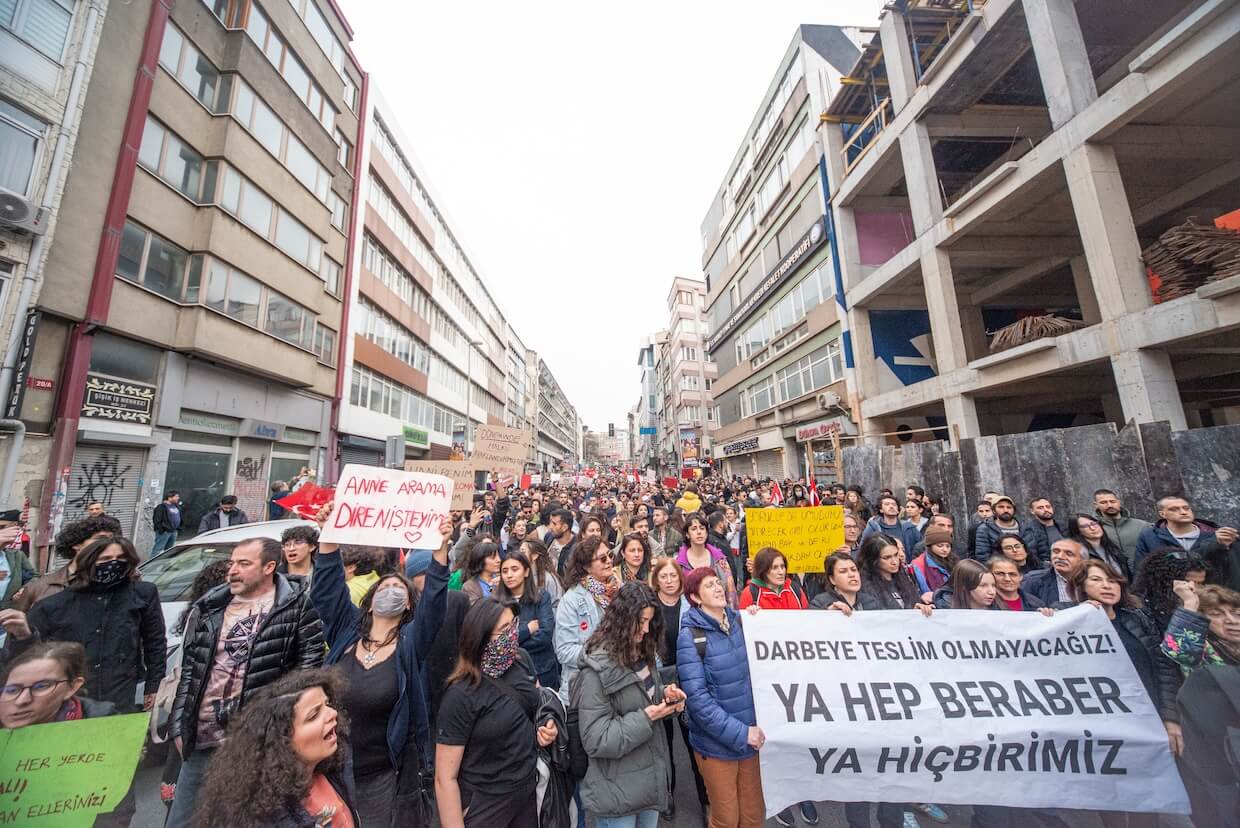
Photo: Dreamstime.
How do the ongoing mass protests compare to the Gezi Park movement in terms of scope, motivation, and political potential?
Professor Doğu Ergil: In the Gezi Park demonstrations, it was so colorful, so unexpected, and so detached from any particular political party, social class, or political agenda—it was a wonderful, kaleidoscopic movement, I would say. It had no organization, no leadership, and no ideology. When I say ideology, I mean—if not totally and neatly defined—at least a trajectory for action and its aftermath. What will happen later? How will we proceed, to do what? And what will we do after the moment? That’s a broad definition of ideology. In that sense, Gezi didn’t have this.
But this time, although people erupted into the streets unexpectedly, inadvertently, they found the CHP—the Republican People’s Party—already there protesting and already a victim of oppression and crackdown. So this wave, this popular wave, pushed the Republican Party forward, making it the leader of the movement. And the CHP lived up to that expectation. So far, it has successfully led the opposition. Although we do not know where it will take the movement, to what extent it can lead it, or what the outcome will be, the conditions of leadership and organization have so far been met.
Now, what will happen? How the regime will be transformed—and into what—is still unknown. But it’s clear that corruption must end, oppression must end, democratic institutions must be restored, and Turkey must become more aligned with the world. In that sense, there is no need for a neat ideology or ideological agenda. If these goals can be met, the outcome of these protests can be very productive.
With İmamoğlu sidelined, what implications does this have for the legitimacy of the upcoming local and general elections?
Professor Doğu Ergil: We do not know what will happen—whether the government’s crackdown will continue, and what the response of the people will be. I mean, whether protests will grow and the pressure placed on the government will lead it to change its authoritarian stance, or whether the crackdown will intensify and we will become an absolutely authoritarian regime. And whether the system can endure this much pressure—I mean, the economy, which is on the brink of collapse, may collapse entirely, and conflicts may escalate into outright friction in the streets or elsewhere. So, it’s hard to say. It depends on how events evolve, I think, and on the response of the opposing factions in the process.
Erdogan Regime Is Too Useful to Be Criticized by the West
And lastly, Professor Ergil, how do you think the second Trump administration is affecting Erdoğan and his regime?
Professor Doğu Ergil: Well, it has been rather surprising that the US government—not only Trump and his entourage, but in general the American civil society, and, for that matter, the European Union and European governments—have been rather quiet on the authoritarian ascent of the Turkish government. All these parties—American and European actors—are expecting things from trade. Europe wants to keep all those millions of refugees and migrants in Turkey, so that Turkey would not open the gates of the dam and let the flood into Europe. Europe is very apprehensive on that stance.
Secondly, they don’t want the radicalism that’s simmering in the Middle East to reflect on Europe, and they see Turkey as a barrier to it. And thirdly, now with Russia—after a possible peace deal with Ukraine—being a threat against the security of Europe, and with the US abandoning Europe and making its security rather liable, Europe needs Turkey as a military power—as cheap soldiers—and does not want to antagonize the Turkish government because of this.
As for the US government, as long as Turkey does not threaten the security and interests of Israel—which it doesn’t—Turkey is a good friend of the White House. Secondly, Syria has to be stabilized, and Turkey, as a neighboring country and as a factor that’s present on the Syrian political stage, can contribute to the stabilization of Syria. How? By supporting the transitional government in Damascus and also reconciling the Kurds and others with the incumbent government in Syria.
Thirdly, the US wants Turkey to be in the anti-Iranian axis—to share this with its other allies, at the top of which is Israel. All these combined, the US—meaning the Trump administration—sees Turkey as a rather advantageous ally in this volatile region, and it could serve the purposes of American foreign policy.


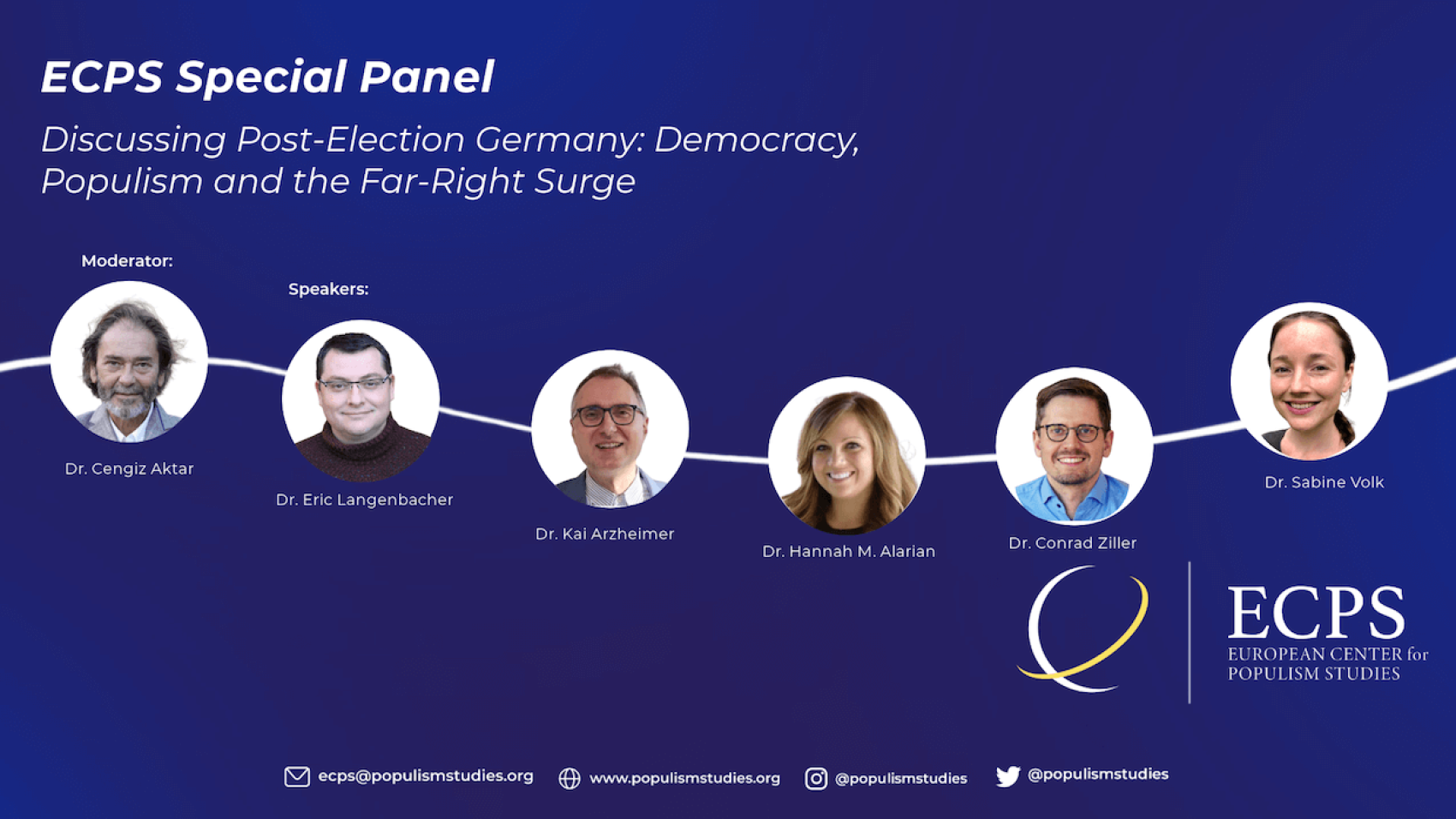
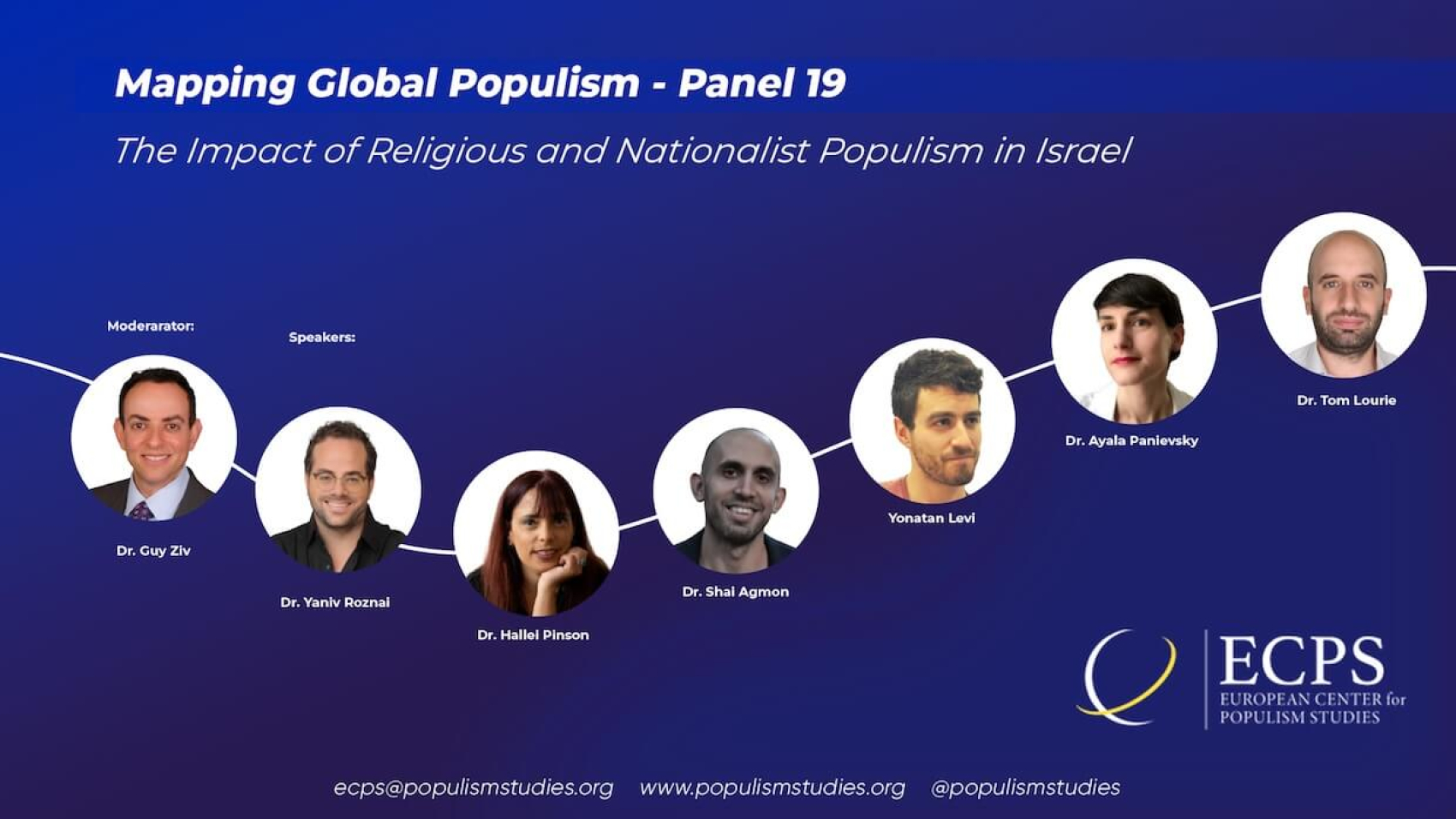






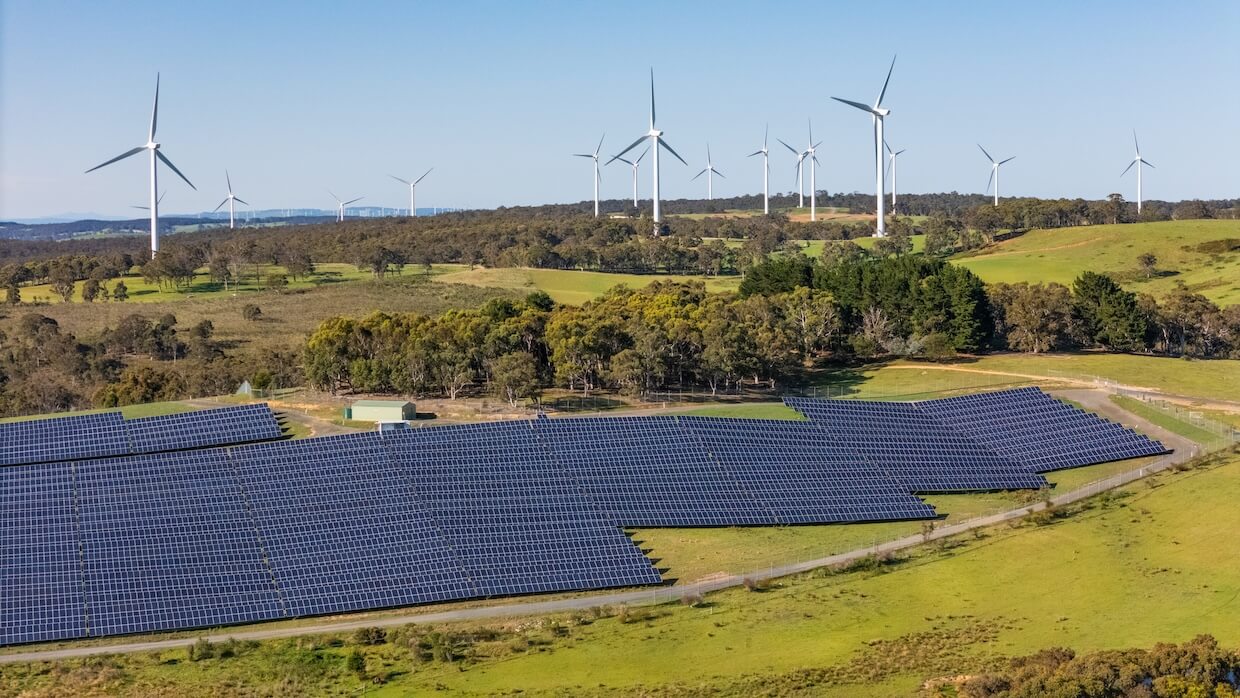

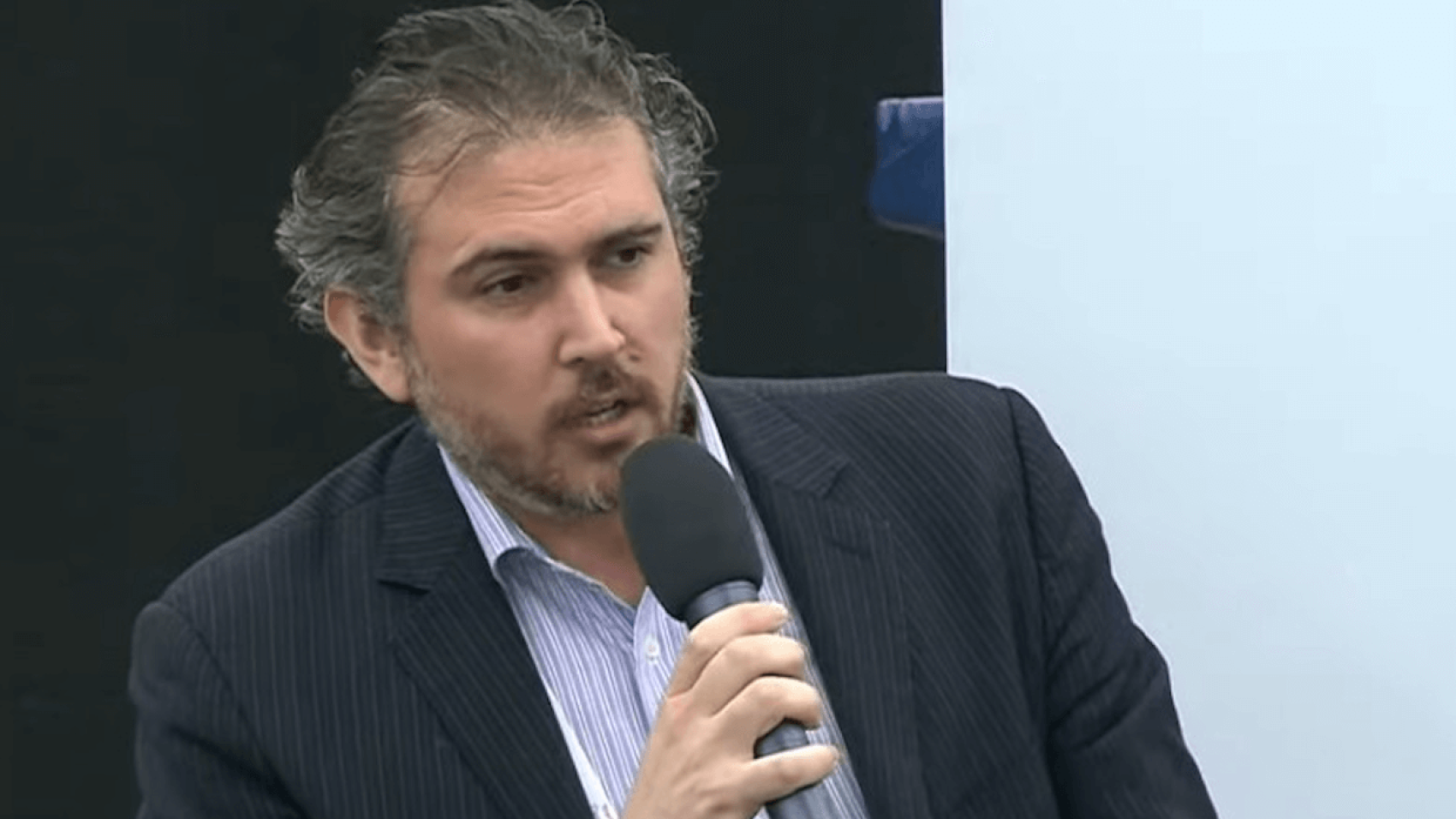

 How significant is the role of social media and digital platforms in fueling democratic deconsolidation, and are these platforms more influential than traditional media?
How significant is the role of social media and digital platforms in fueling democratic deconsolidation, and are these platforms more influential than traditional media?